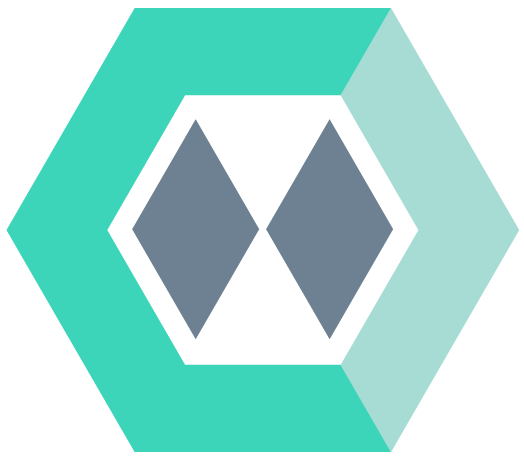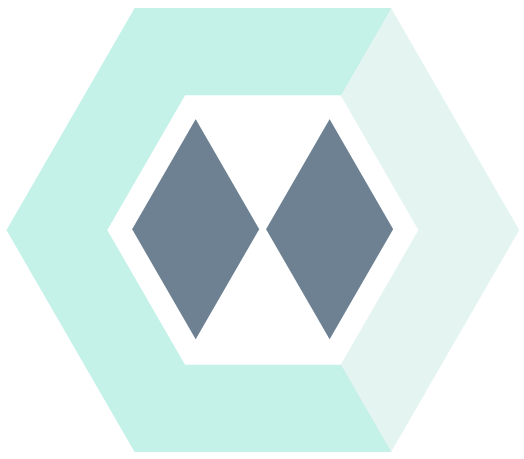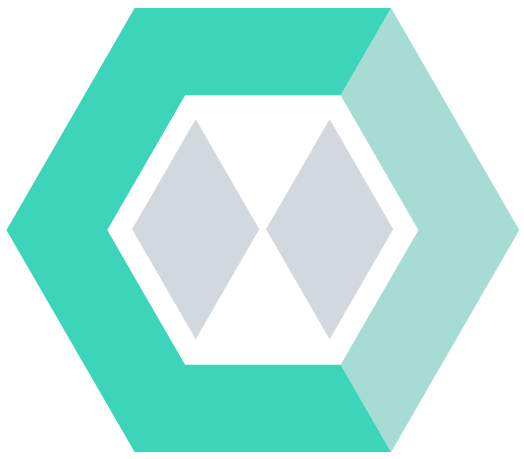- Learn the basics of capability frameworks (this page)
- See examples
- How to develop your own capability framework
- Capability framework FAQs
- Contact us to ask a question
What is a capability framework?
A capability framework typically refers to a structured approach that outlines the core values and desired capabilities of the organisation’s workforce. It offers strategic talent alignment — directing employee development toward organisational goals, and enhancing recruitment, onboarding, performance management and clarity in career progression.

“Our interactive framework serves as an engaging guide for employees, managers and leaders to understand the fundamental principles that govern our organisation’s culture and the skills and behaviours needed to achieve its strategic objectives.”
Here’s a breakdown of what each component typically entails:

VALUES
These are the fundamental beliefs and principles that guide the behaviour and decision-making within the organisation.
Values often reflect the organisation’s mission, vision, and desired culture.

CAPABILITIES
Skills, knowledge and competencies that employees need to effectively perform their roles and contribute to the organisation’s success. These can encompass technical skills, soft skills, leadership abilities, problem-solving skills, communication skills, and more.
The capability framework is typically developed through a collaborative process involving key stakeholders such as executives, HR professionals, managers, and employees. It’s then communicated throughout the organization to ensure alignment and understanding across all levels.
Find out more about how to develop a capability framework here.
“Our Capability Framework is a critical tool for shaping and maintaining a positive and productive organisational culture while ensuring that employees have the skills and behaviours needed to drive success.”
The framework serves several purposes, including:
Guiding
Guiding recruitment and selection processes to ensure that new hires align with the organisation’s values and possess the necessary capabilities.
Informing
Informing performance management and development initiatives by defining expectations for employee behavior and skill development.
Providing
Providing a basis for decision-making, problem-solving, and conflict resolution within the organisation.
Reinforcing
Reinforcing and promoting the desired organisational culture.
“The new framework has been a gamechanger for our hiring, onboarding and review process because our people now know what is expected, where the gaps are and how to be a better fit in our organisation. We’re finally all on the same page.”